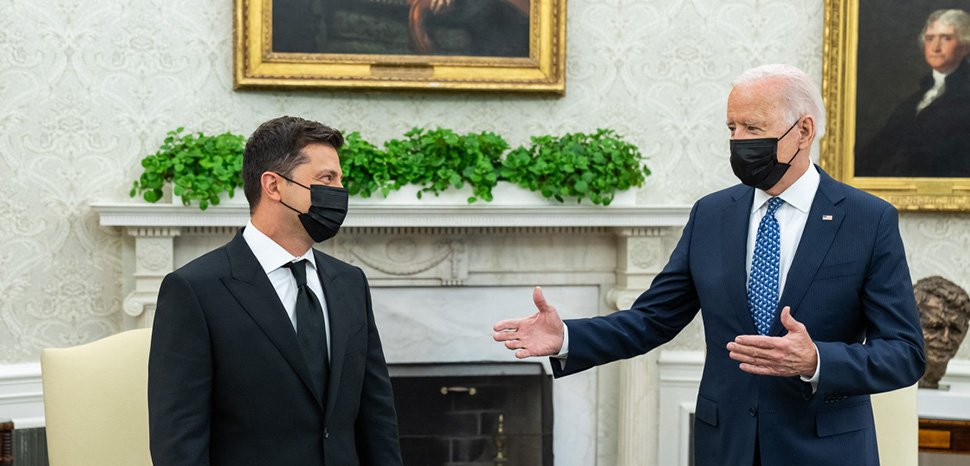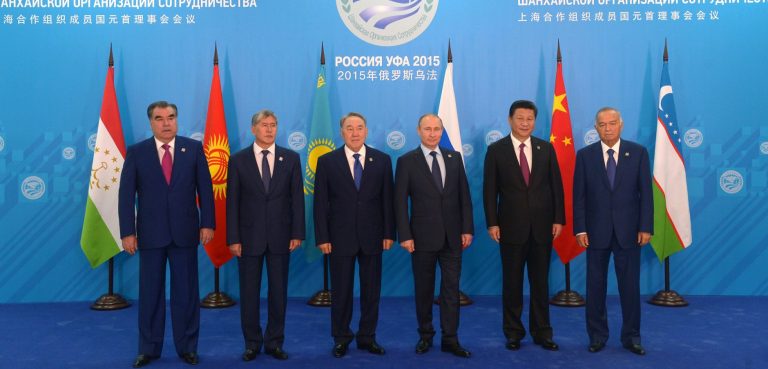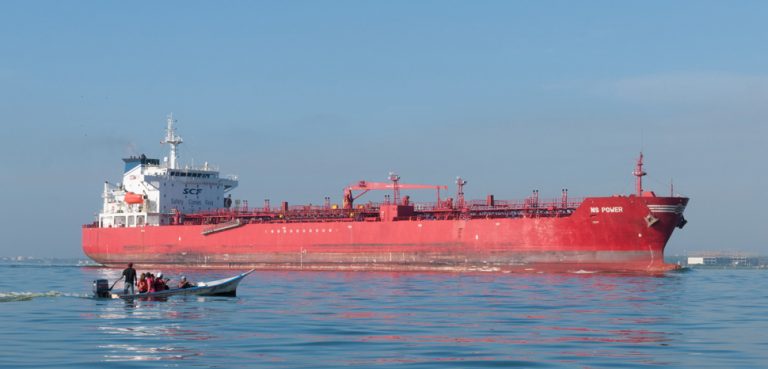As the Ukraine war continues to rage with no end in sight, there have been growing grievances over the amount of aid the United States is sending to the country. Some are legitimate, but others are steeped in disinformation; for example, calling aid to the embattled nation a “money laundering scheme.”
As President Biden recently signed a Lend Lease Act for Ukraine, nothing Kyiv will receive is for free. Here is how the Lend-Lease works and why it is in our national security interest to enhance Ukraine’s security.
In the wake of Russian offensives and the ongoing unwillingness of Vladimir Putin to stop the onslaught, both chambers of Congress and President Joe Biden ratified the Ukrainian Democracy Defense Lend-Lease Act this past spring. The law allows for military aid to be sent to Kyiv for as long as it takes to repel Moscow’s invasion and re-secure the country’s 1991 post-Soviet independence borders.
The bill was officially signed by President Biden on May 9, 2022 – which ironically is the day Russia celebrates Victory Day of WWII, signifying to Putin that this time, he is the one on the wrong side of history.
The Ukrainian Lend-Lease is akin to the World War Two-era bill which enabled allied nations, such as Britain and the Soviet Union, to receive much-needed military equipment to defeat the Axis. The WWII bill stated that the United States could lend or lease military equipment to any nation in which their defense is vital for American national security.
With Russia as our second-biggest geopolitical rival, led by a president who has openly stated he aims to reconquer the territories of Peter the Great and destabilize our alliances, the Lend-Lease is justified in the context of the Ukraine war. Moreover, Yevgeny Prigozhin, the CEO of Wagner has openly stated he will continue to interfere in American elections at the behest of Russian interests.
By the end of the conflict, the British would receive more than fifty destroyers for a near century’s lease, ships that were otherwise slated for decommissioning. Similarly, Ukraine has also received outdated weaponry that was collecting dust for several decades. For example, the HIMARS and Javelin systems were produced in the early nineties, and Ukraine currently has restrictions on the older Abrams, ATACMS, F15s, and F16s.
With Europe lagging in defense production and security independence, as the PM of Finland recently pointed out, Moscow felt emboldened enough to launch an all-out assault on Ukraine. Similarly, former Secretary of War Henry Stimson had lamented Germany’s years of military buildup in statements to the Senate Foreign Relations Committee in 1941: “By our delay during the past six years, while Germany was preparing, we found ourselves unprepared and unarmed, facing a thoroughly prepared and armed potential enemy.”
The Lend-Lease must be paid back, either through monetary means or via the use of American contractors to help reconstruct the country, allowing present loans to be rerouted back toward the US economy. For example, it took Britain and Russia several decades to pay back their lease. Both were repaid in full by 2006.
Even with the large sums of financial assistance to Kyiv, military aid has primarily come via weapons rather than monetary transactions. There is currently a small contingent of American forces in Ukraine acting as weapons inspectors in order to verify that there has not been black market trafficking of US weapons. Back in the states, Russian agents were recently caught by the FBI attempting to steal our own weaponry, likely to reroute it back to Russia or to the black market, at the behest of the FSB.
Overall aid to Ukraine accounted for less than 5% of the US defense budget, which operates differently from its infrastructure and healthcare budgets. During the same period of the passage of the lease, a $1.2 trillion infrastructure bill was passed along with a $300 billion Climate Change Bill and a major push by the White House to cancel student debt up to $20,000. As the US, UK, and Poland have led the forefront of military aid to Ukraine, all three nations will have contract preference for reconstructing the country after the war is over.
It could be argued that there would be no need for US military aid had it not been for US policies post-Soviet collapse which disarmed Ukraine. In the Budapest Memorandum, Kyiv was forced to give up the world’s third largest nuclear stockpile, along with strategic bombers and long-range missiles by the US and UK in return for territorial sovereignty. It was recently revealed that Russia is using the same long range missiles Ukraine gave up to bomb the country, reflecting a failure of US foreign policy at that time.
The Lend-Lease has not gone to waste, as Russia has suffered over 100,000 military casualties, continues to be pushed back from occupied territories. Moreover, the Kremlin faces economic hardship with sanctions finally starting to bite, forcing the country to pivot toward a wartime economy that it cannot sustain indefinitely.
Support for Ukraine has also functioned as deterrence, not just in Eastern Europe but also in Southeast Asia. As Japan and Taiwan are the most strategic allies in the Pacific, our top geopolitical rival, China may be reassessing plans for a potential invasion of Taiwan.
Not only will aid to Ukraine eventually be paid off, but combating our second-biggest rival without a single US soldier being killed is an investment into enhanced security for our allies. Even amid an isolationist push among some political circles, it is important to supplement our European allies, as most of them remain unprepared for a conflict without American assistance. The renewed Lend-Lease gives us the opportunity to bolster a future regional military power in Ukraine, which makes the European continent less reliant on the United States for aid in the future.
The views expressed in this article belong to the authors alone and do not necessarily reflect those of Geopoliticalmonitor.com.




